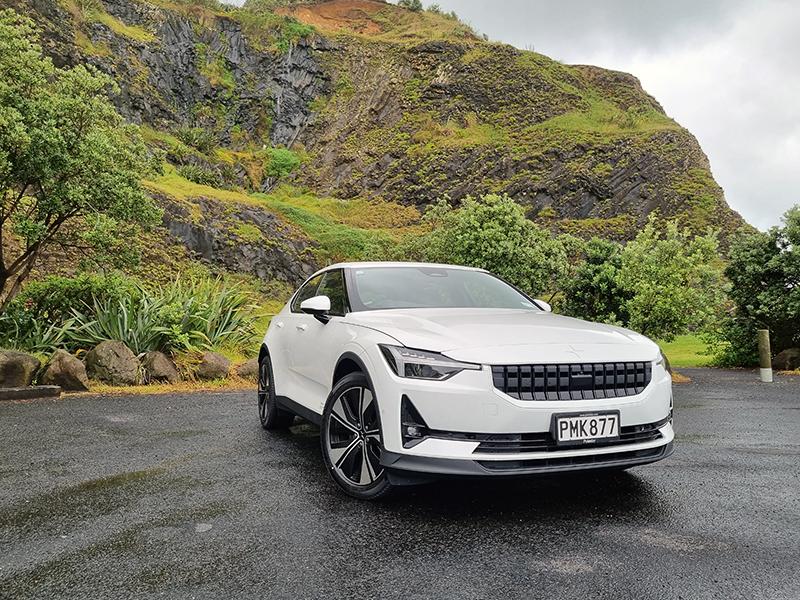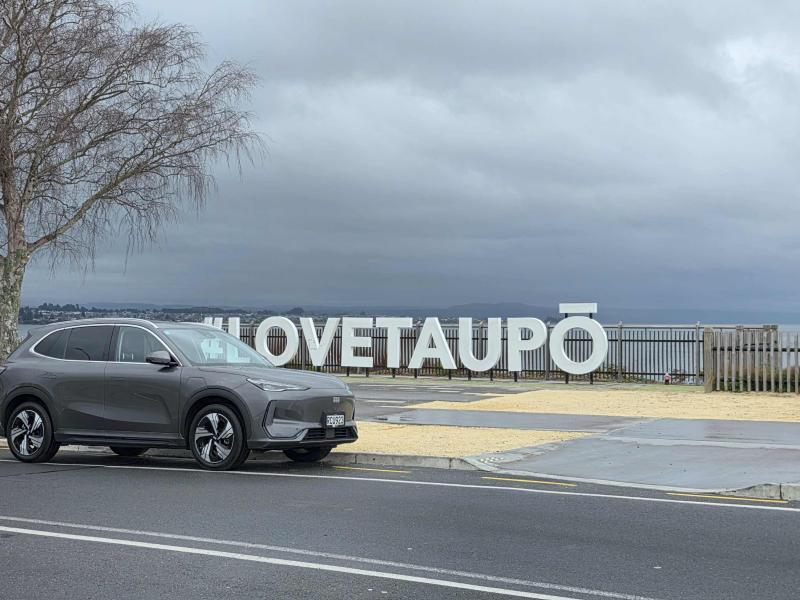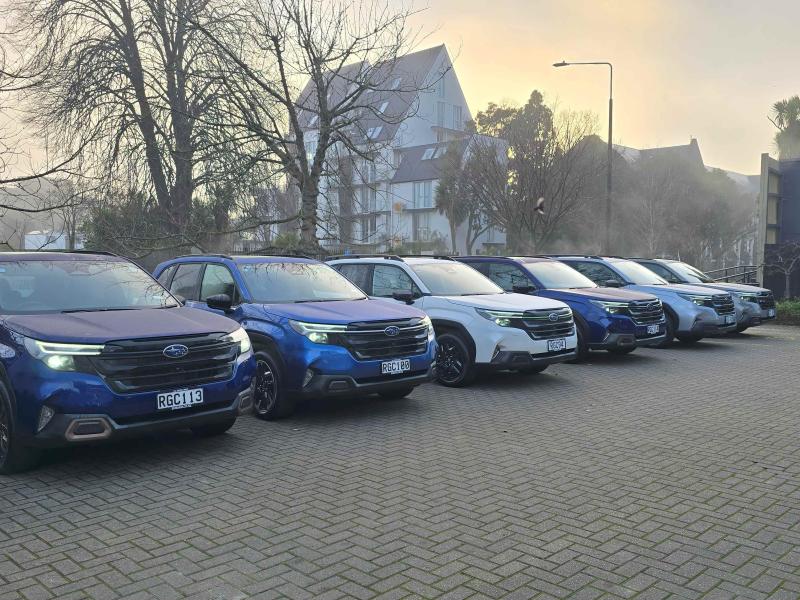The Polestar brand story in New Zealand is an intriguing one, just as its cars are intriguing. Polestar does appear to have arrived with the intention of competing with a specific rival, emulating perhaps the days of Ford and Holden – the electric rivalry. Polestar does tend to have a more traditional approach to marketing, but its appeal seems to be in the shade of its competition.
Polestar appears to be running a little behind the eight ball when it comes to new model releases, and it certainly lacks the presence on the ground when it comes to registrations.
Year-to-date registrations for 2022 showed 51 Polestar 2 models and currently, the brand and its single model sits at 16 new vehicles on the road. Polestar has announced pricing for the Polestar 3 and a more advanced version of Polestar 2 is due anytime now.
For those not aware of the origins of Polestar it is a close cousin of Volvo’s and therefore, it’s no surprise that it’s platform is Scandinavian. In fact, the platform is the same as that of the Volvo XC40 and the C40, though the Polestar 2’s 4606mm long, 1859mm wide and 1479mm high body suggests a larger than 2735mm wheelbase.
Comparatively compact the wheelbase maybe, it still allows for the generously proportioned body to accommodate five people (though mid rear seat occupant is not going to need a slimming potion after being sandwiched between a couple of regular sized bods) and retain a 405-litre boot which can expand to 1095 litres with three people thrown out. As you might expect, there is ‘frunk’ storage as well, to the tune of 41 litres.
Can the Polestar pull? Yes, it is rated to haul a 750 unbraked trailer and a slightly subdued 1500kg braked trailer, though Polestars are infrequently seen sporting towbars. There is a suggestion that Polestar is targeted towards the business/corporate sector which is not in the habit of towing on a regular basis.
Despite its small(ish) battery, the Polestar is not the fastest charger around. On a 2.3kW wall socket, expect a 34 hour and a half recharge time or 11km per hour. A 7.4kW charger chops the time by a bit more than a third, taking 10 hours and 45 minutes to deliver 36km in an hour, while an 11kW charger puts 53km an hour into the battery for a seven hour and 15 minute charge time.
DC charging on a 50kW charger takes just over an hour at 66 mins for 10 to 8-0 percent of full charge, while a 100kW charger will do the job in 35 mins. If you can get to a big boy 150kW charger, you’ll be done in 26 minutes.
And your range? About 518km using 129 Wh/km according to Polestar. Real world independent testing suggests closer to 385kms at 174 Wh/km which translates in liquid fuel terms to 1.5 litres per 100km from Polestar and two litres per 100km from non-aligned sources.
What’s good about the Polestar? It does have the appeal of being a normal and classy looking car. It is incredibly familiar inside and out, making it potentially more appealing to a more mature buyer who embraces the future but doesn’t need the toys to prove it, at least not the toys making up the car.
Handling is accordingly car-like and gives the serenity only an electric car can provide. It won’t set the world on fire with its acceleration, but its no slouch either and it is extremely comfortable with generous accommodations for all passengers.
The Polestar 2 has one feature which does raise more than one eyebrow and that is its starting sequence.
While it does have an ignition key of sorts, the trick is to just sit in the car with said key somewhere on your person and sensors in the driver seat recognise that a human is behind the wheel and activates the car.
You can – because Polestar is one of the first vehicles to feature an Android Auto operating system which affords access to Google assistant and Maps as standardised inbuilt services – convince a halfway intelligent phone to masquerade as your key.
Hmm, ‘interesting’ as my ex-wife would say, with a concerned frown creasing her forehead.
Still, I have to say that as an executive fleet car, the Polestar 2 is well worth more than a passing glance. It has a more specific target market than pretty much every other electric car we have driven and for that reason alone, it’s going to carry its prestigious appeal quite nicely, thank you.






